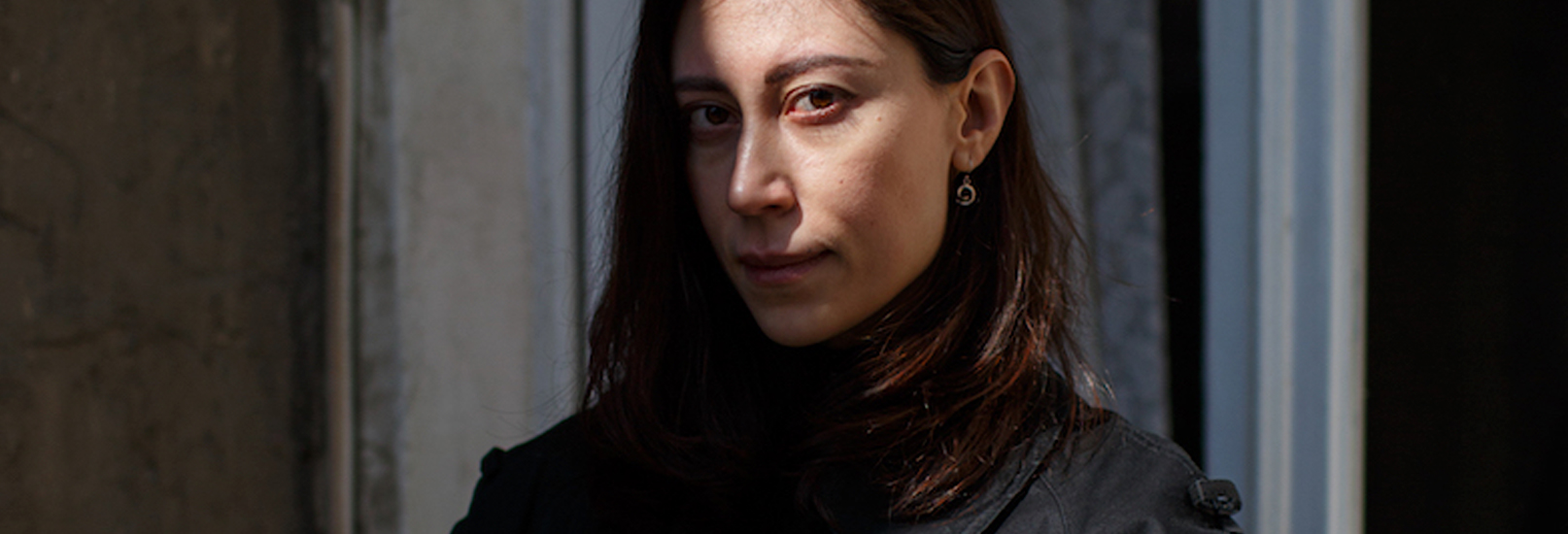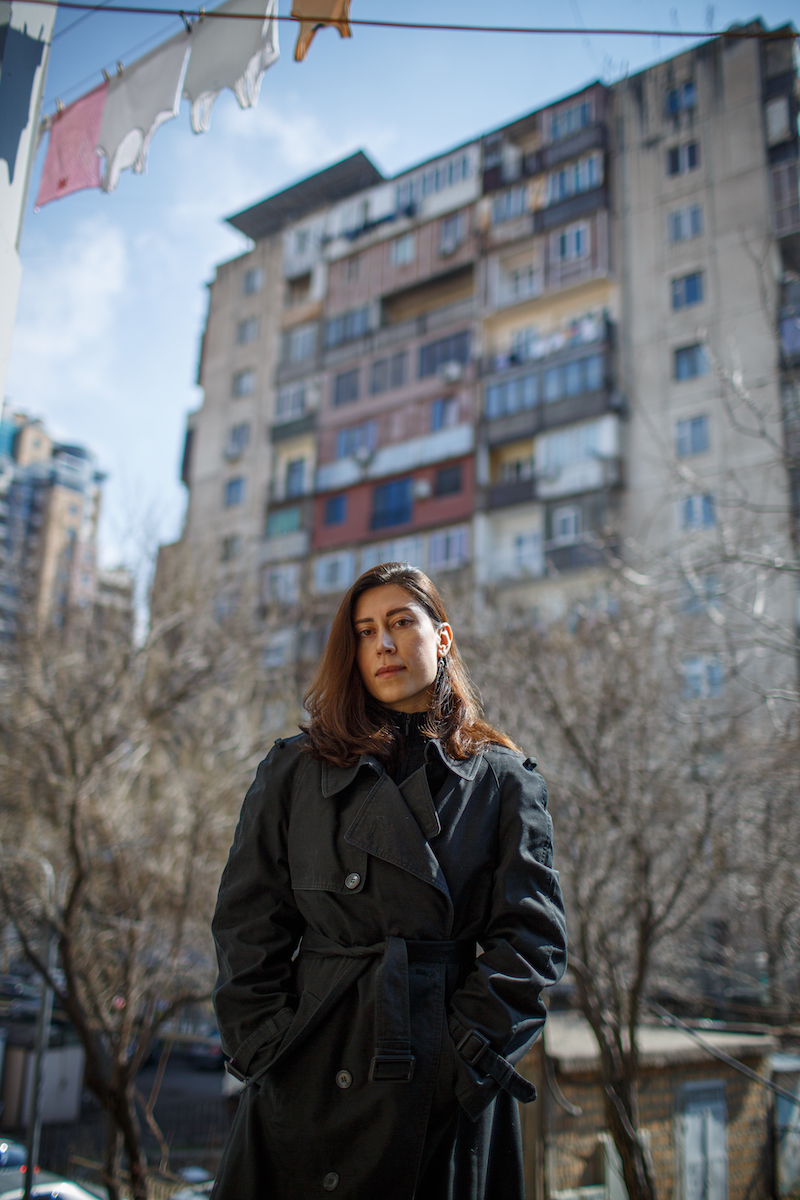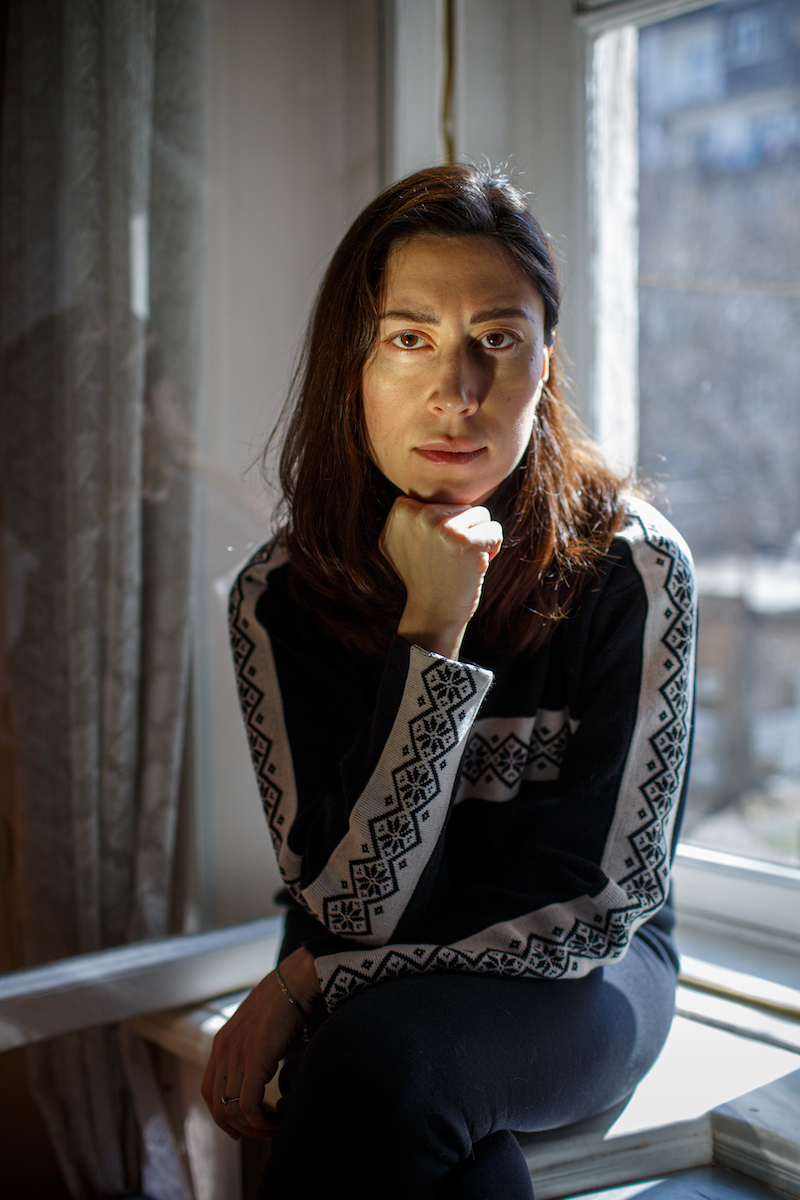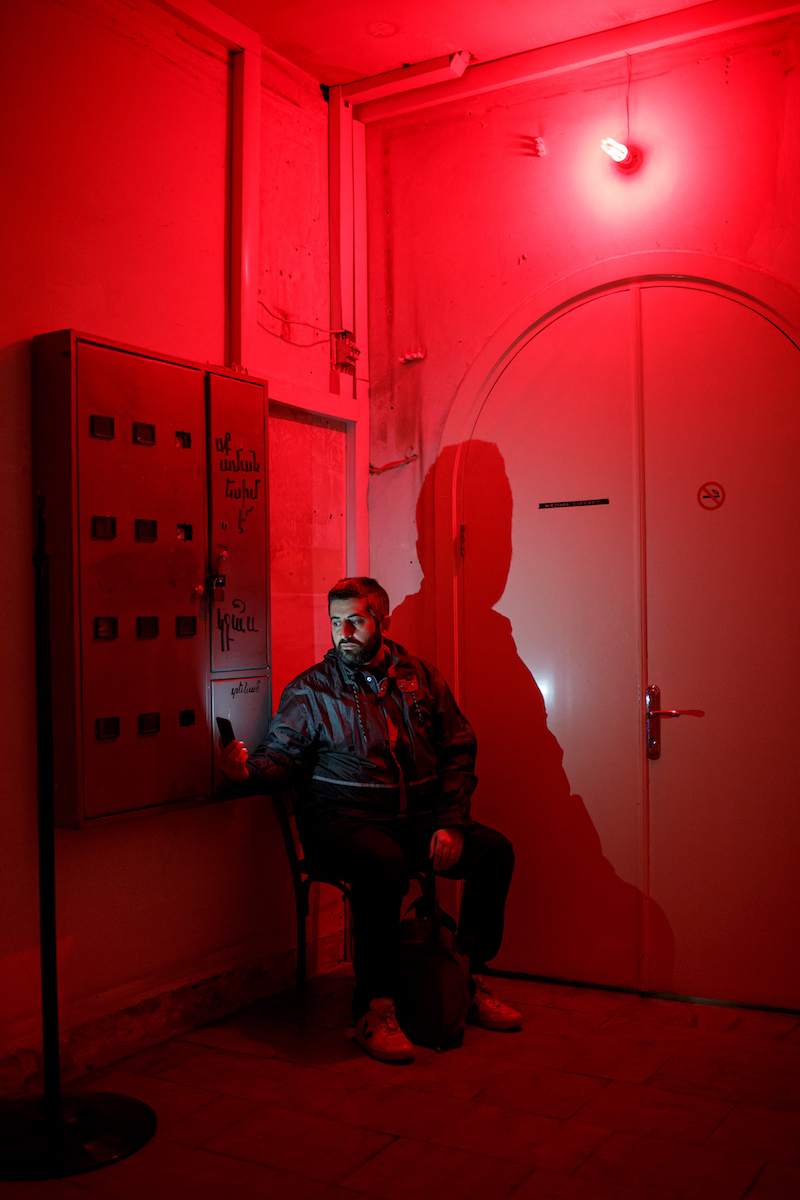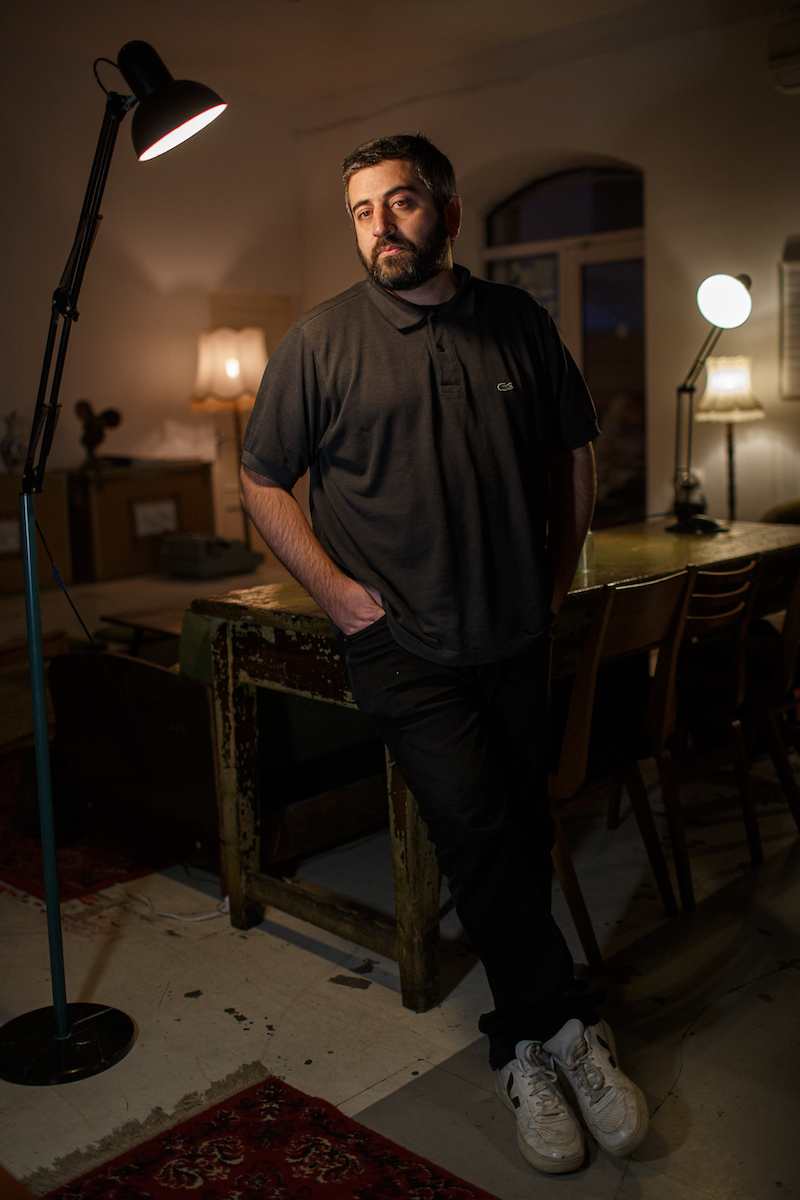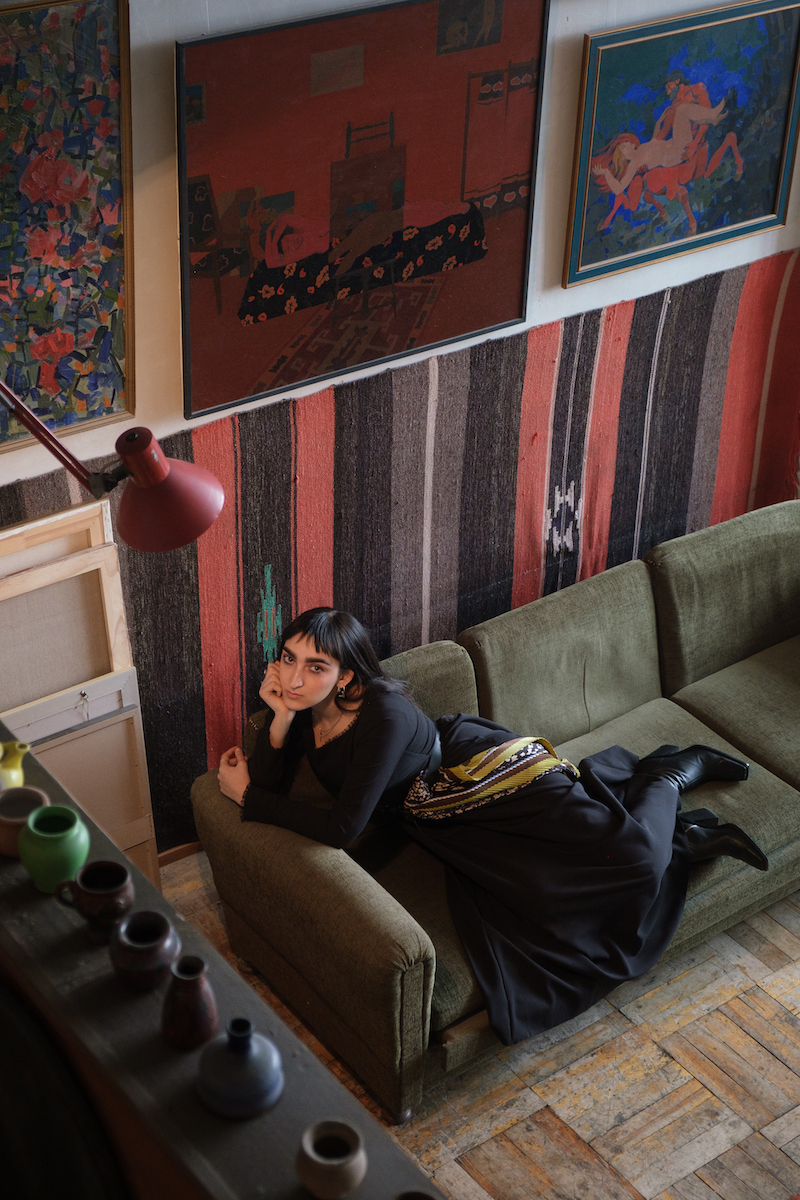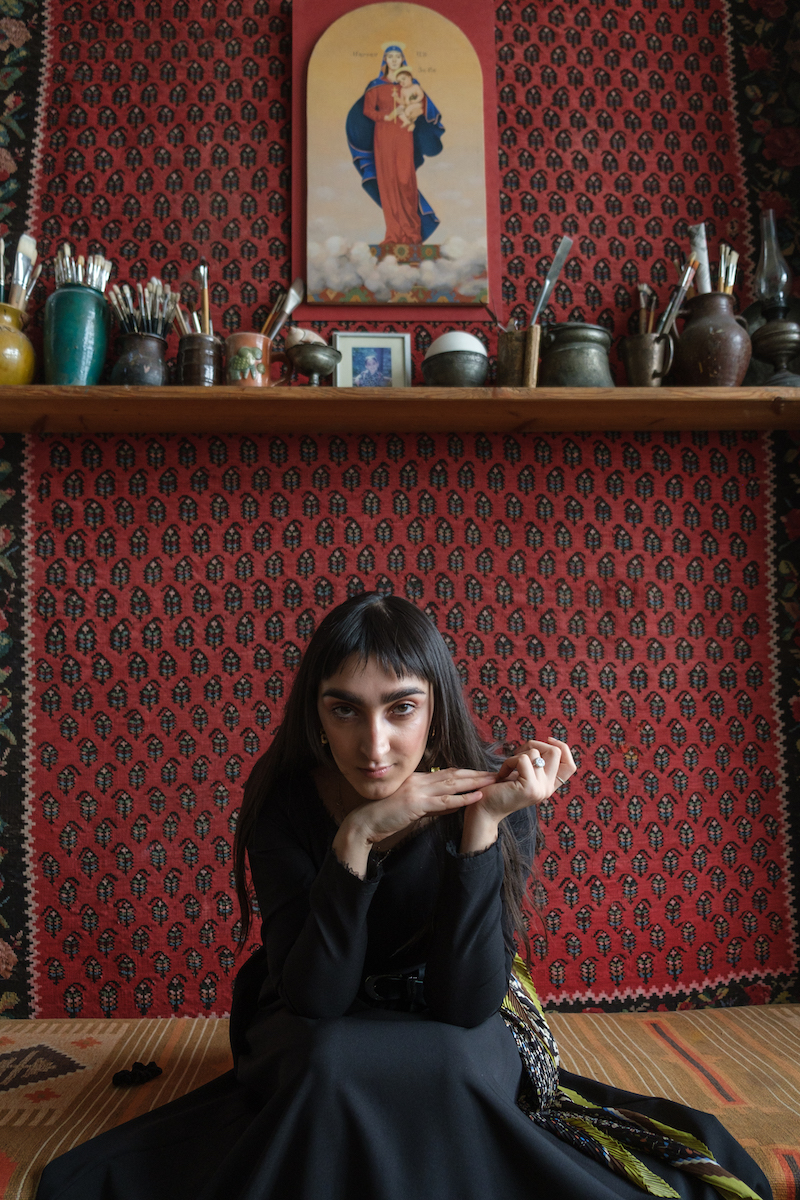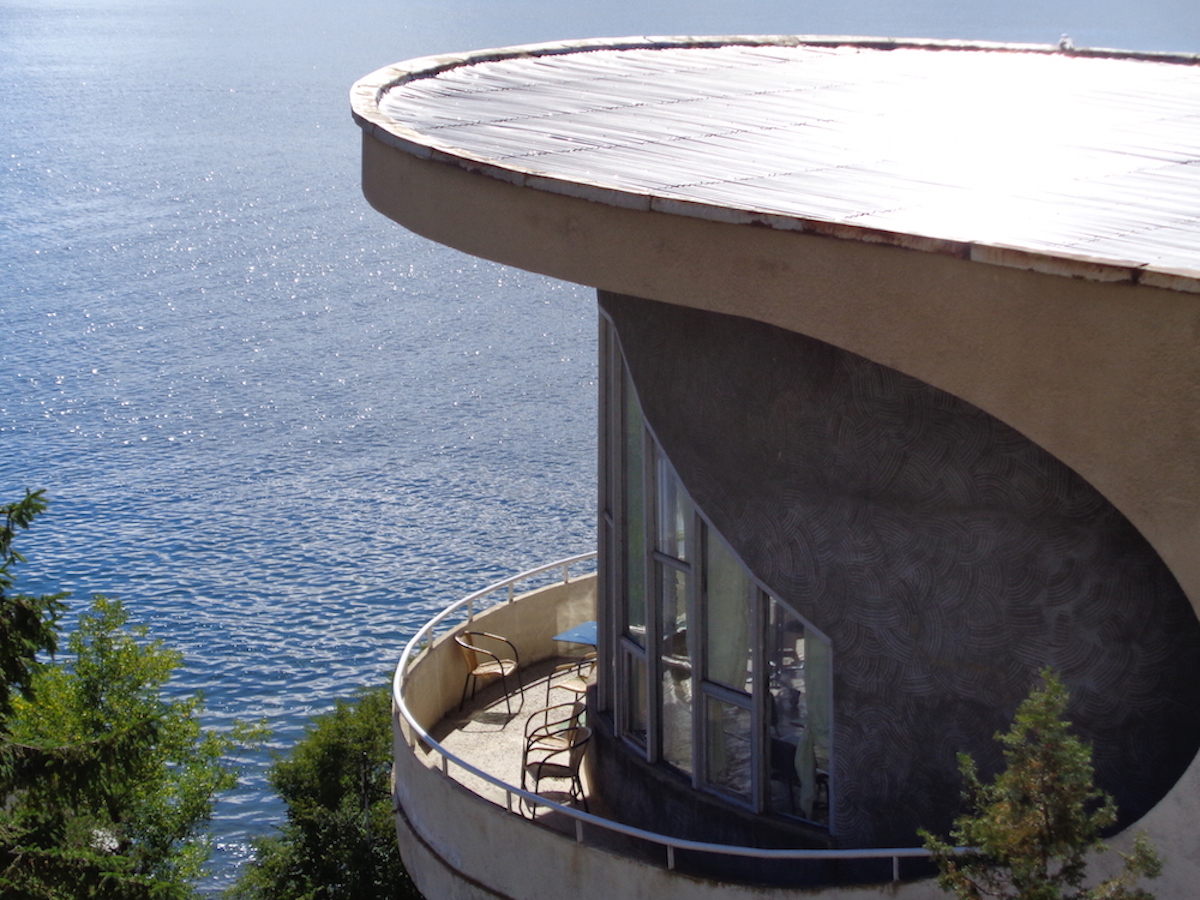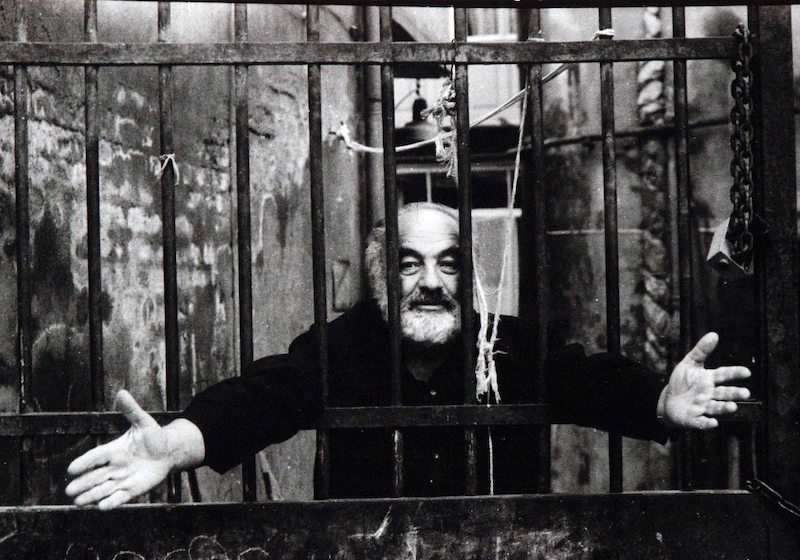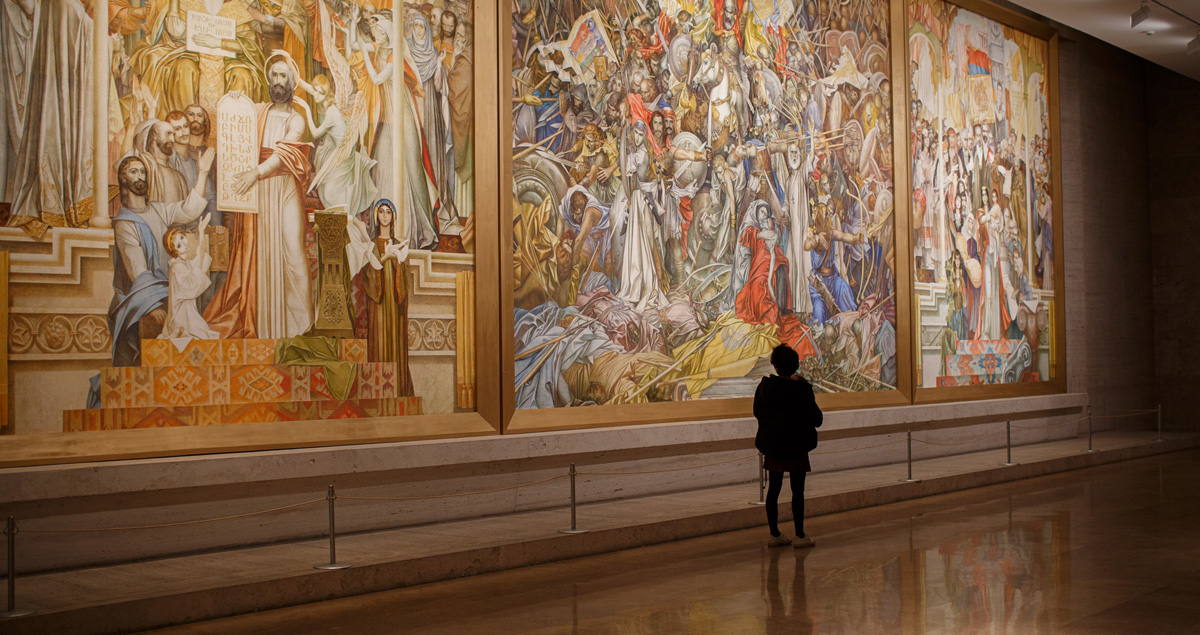The Armenian visionaries fighting to create a new contemporary culture for Yerevan
Creative cities: Yerevan
This article was produced by The Calvert Journal in partnership with British Council
Yerevan’s young creative generation are tireless, resilient, and unafraid of pushing boundaries. Whether their work means creating inclusive art spaces, putting Armenia on the international fashion scene, or encouraging new generations of photographers, they are all united in one mission: pushing the city’s cultural scene to the cutting edge to keep it both alive and thriving.
Born and bred in Yerevan, Anush Babajanyan believes in photography’s power for social change. Starting with her degree in journalism at the American University in Bulgaria, Babajanyan says “the visual expression pulled me, I loved it. I wanted to photograph way more than I wanted anything else.” It took her ten years to make documentary photography a viable, successful career, but she now boasts collaborations with prestigious publications such as The New York Times and The Washington Post, and a contract with agency VII.
Among her recent reports, Babajanyan’s photographs from Nagorno-Karabakh spotlight the human stories lost between the headlines of the 2020 war that tore through the region, as Armenia and Azerbaijan fought for control of the mountainous land. Babajanyan has been photographing Nagorno-Karabakh for years — always searching to balance out everyday moments of joy and sorrow with the pain and destruction that political conflict has brought to the region. “Documenting what has been going on in Nagorno-Karabakh has brought me closer to understanding why I do what I do,” she told The Calvert Journal. “It’s the question that keeps me searching.”
In an environment that is often conservative and controlled by men, these women separate themselves by dressing differently or wearing bright makeup
Outside of her news reports, one of Babajanyan’s most original photo series, Inlandish, focuses on gender and womanhood. The title is a pun on the outlandish women with bold outfits that she captured in Yerevan. “The women I photograph never consider themselves to be outside the norms of society,” the photographer explained. “Yet every time they walk along the streets of Yerevan, people look at them with amazement. In an environment that is often conservative and controlled by men, these women separate themselves by dressing differently or wearing bright makeup.”
Babajanyan’s impact on Armenian photography goes beyond what she captures on camera. In 2016, a year after the centenary of the Armenian genocide, the photographer co-founded the #BridgingStories project, which brought together dozens of young photographers from Turkey and Armenia to take shots of their own villages and communities, in an effort to promote peace between the two countries.
Three years earlier, she also co-founded women’s photography collective 4Plus, to support the development of professional photographers in Armenia through courses, talks, and exhibitions. 4Plus has since evolved to become a visual media centre focused on promoting documentary photography by photographers of all genders.
Victoria Aleksanyan is a filmmaker, photographer, and activist. As a director, her work has always been closely tied to Armenia, from Caregivers, her student film for Columbia University, to her upcoming short, now in post-production, Deep Sky Blue, exploring the themes of migration, After years of working in the Manhattan film scene, Aleksanyan swapped New York for her home city of Yerevan — right on the brink of the 2018 Velvet Revolution, which would overthrow Armenia’s government. “I decided that it was time to go back and make a film in Armenia, to get its stories and narratives out to the world,” she told The Calvert Journal. “But when I started working on my short, I realised many problems were stopping local filmmakers from succeeding, and jumping into the international scene. The state system for film funding, inherited from the Soviet Union, has not been reformed at all. Can you imagine? State funding has such strict budget and time constraints that it is dangerous for the arts. Many filmmakers tried their best, struggled, and failed.”
This should have happened decades ago, but it’s never too late. Give it a few years, and the local film industry will be booming with new talent
This sparked the beginning of Aleksanyan’s activism journey. Alongside fellow filmmakers, she co-founded the IFCA (International Filmmakers Community of Armenia): a non-profit organisation that advocates for effective policy making to boost the local film industry. Two years into their work, after tireless legal research and lobbying, they have almost achieved their main goal: drafting a law that will cut down on bureaucracy and create a new framework for officials and artists to cooperate in order to build the local film industry. Although the 2020 Nagorno-Karabakh war put the process on a halt, Aleksanyan is confident that the bill will be implemented soon — and pave the way for other creative industries to follow. “This should have happened decades ago, but it’s never too late. Give it a few years, and the local film industry will be booming with new talent.”
Since 2003, Karen Mirzoyan, a Tbilisi-born Armenian photographer, has been on the road, developing his photography career and winning multiple awards for his work. Hovering between photojournalism and art photography, his projects often span several years of research into the cultural and sociopolitical context of a story, and the development of personal relationships. Mirzoyan is a member of the Magnum Photography Foundation, from which he has received several awards for his photo stories Underground Culture in Iran, Illegal Weapons in South Ossetia, and Daily Life in Nagorno-Karabakh Republic. At the heart of his practice are human rights and unseen stories.
I want for new generations of Armenian photographers to have the same opportunity.
In 2014, the photographer opened the first photographic library in the Caucasus, the Mirzoyan Library. From its inception as a depository for his personal collection of photobooks, Mirzoyan Library has expanded into a bohemian café, bar, and working space, hosting a myriad events and competitions, and becoming the birthplace for collaborations between local creatives.
“Our goal is not to make money through the library, but to have more young people interested in photography coming to the library, and finding everything they need,” explains Mirzoyan. “Books are what made me want to be a photojournalist. I want for new generations of Armenian photographers to have the same opportunity”.
A musician, educator, and social entrepreneur, Anna Mikaelian Meschian, a US-raised and Yerevan-based pianist, is one of the driving forces behind the next generation of Armenian musicians. Inspired by El Sistema, a music education programme founded in Venezuela in the 70s, Mikaelian established the Armenian chapter of the movement in 2013. The project slowly evolved from a series of after-school music lessons for children into what it is today: the Nexus Center for the Arts, a music school, “where people who love making music and art can come together and learn from each other,” explains Mikaelian. Today, Nexus’ students range from preschoolers to adults, and the emphasis is clear: “learn to play, compose, sing, bang on a can, whatever you want, but you must be ready to share the joy.”
For us, it’s important to give children something they don’t get elsewhere in their school day, an environment that is rigorous, but also fun
Although music in all its forms is the beating heart of the project, Nexus is also a deeper community experience — teaching students to learn on their own, work in a team, and produce art that makes them better individuals. “For us, it’s important to give children something they don’t get elsewhere, an environment that is rigorous, but also fun,” Mikaelian tells The Calvert Journal. “It is important for students to learn to make music in ensemble with others, because that develops their listening and empathy skills to those around them.”
Beyond Nexus, Mikaelian also organises events, gives talks, and plays in her own band. When the 2020 Nagorno-Karabakh War broke out, Mikaelian, alongside her colleague Sevana Tchakerian, founded the “Nexus for Artsakh” programme, which provided temporarily-displaced children with music and art education in a bid to bring a sense of normality to their lives — an emergency project that reflects the core of her mission to using music as an educational tool.
After graduating from Yerevan’s State University of Theatre and Cinema and working in drama projects in France and Italy, Vahan Badalyan came back to Yerevan in the early 2000s with a clear idea: Armenia needed free, independent theatres, otherwise, contemporary playwriting would die. As a result, he founded the NCA Small Theater: a company championing artistic independence, innovation, and youth drama education.
Twenty years since opening, Badalyan looks back on his journey with pride, and rightly so. Since its inauguration, the Small Theater has produced hundreds of plays, revolutionising traditional performance with contemporary dance, video, photography, and other art forms.
Due to the outdated and stagnating state funding system, very few freelancers get a chance and a platform, and the only opportunities for young artists are to participate in international projects
In 2013, the Small Theater also decided to create the first country’s first dance ensemble with disabled and able-bodied performers. Since then, Badalyan’s inclusive performances have travelled both in and outside of Yerevan, promoting inclusivity in Armenian regions, where disabled people still face major physical and societal obstacles.
There is still a long way ahead for the Armenian theatre scene. “Over the past years, there have been great changes, but our scene still lags behind the contemporary art world. Due to the outdated and stagnating state funding system, very few freelancers get a chance and a platform, and the only opportunities for young artists are to participate in international projects,” explains Badalyan. “We need sustainability for our inclusive work in Armenia, but that cannot happen without government support — although discussions about these topics have begun in recent years.” Badalyan’s latest project, opening a inclusive dance training centre in Yerevan, recently received a green light — another step in the right direction to broaden the Armenian arts scene.
When artist Armine Harutyunyan walked down the Gucci catwalk during Milan Fashion Week in September 2019 — after being scouted in a Berlin mall — she made history as the first Armenian model to do so. Yet Harutunyan, who was born and bred in Yerevan, is used to being on stage for other reasons. After studying fine art, scenography, and theatre design in Yerevan, she started out her career as a graphic designer, illustrator, and set designer.
“I have been on stage from a young age, first as a ballerina, and then I’ve made a career out of being a set and stage designer. As far as modelling goes, it was just another way for me to be on stage; it all ties together. These are all parts of my life I don’t see myself giving up,” explains Harutyunyan. Creativity runs in the family: she is the granddaughter of Khachatur Azizyan, one of Armenia’s most celebrated living painters, and her grandmother and great-grandfather are also renowned Armenian artists. After her brief modelling stint, she was the target of both sexist hate and xenophobia for her unusual looks. Her advice, as she remarked in an interview to Italian newspaper La Repubblica, “is to concentrate on yourself, on who you are and what you really love”. For her, that is all things arts-related, and Yerevan’s creative atmosphere — which Harutunyan, who is much-loved by locals for her international recognition in the fashion world, proudly praises for its rich cultural heritage, buzzing exhibition schedule and skillful, innovative young artists.


